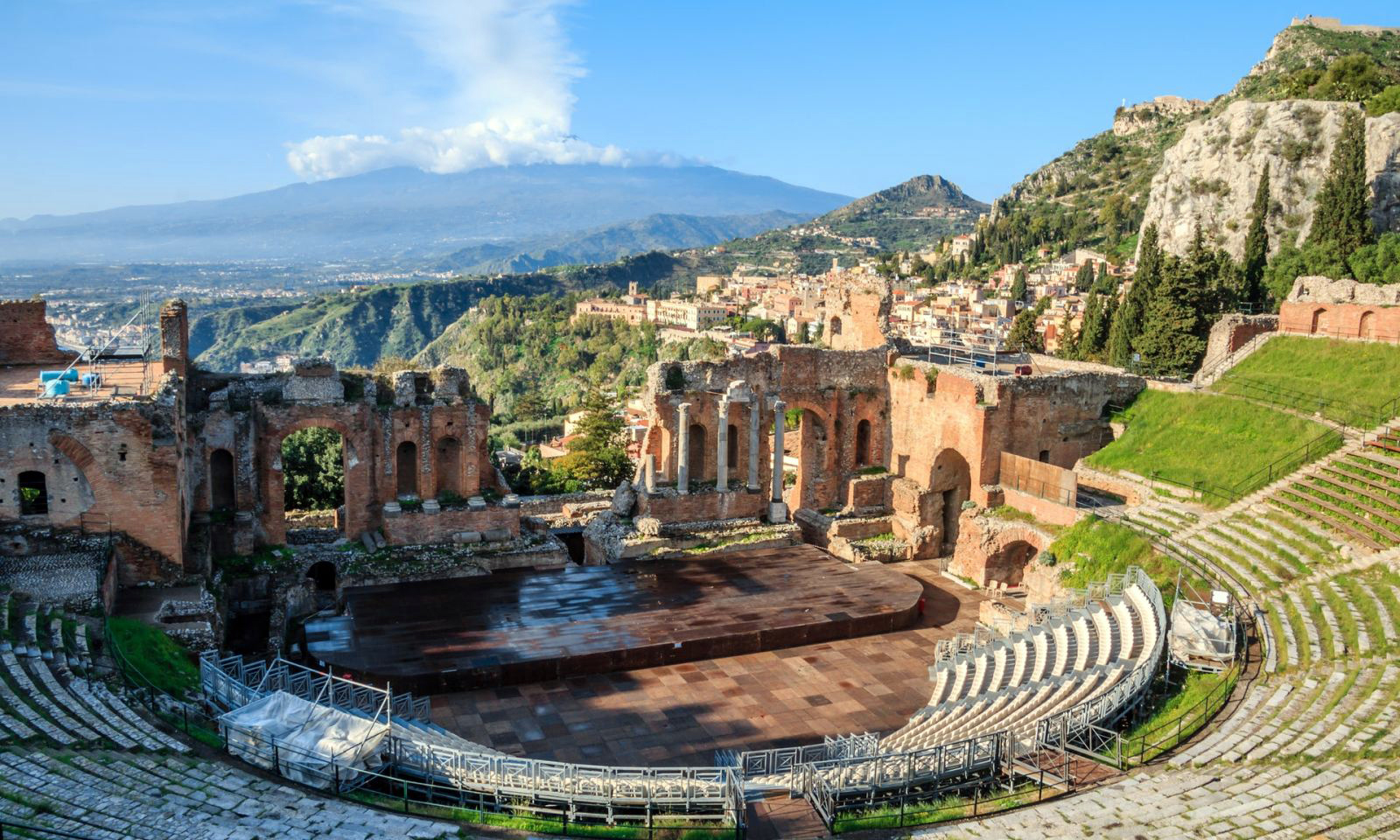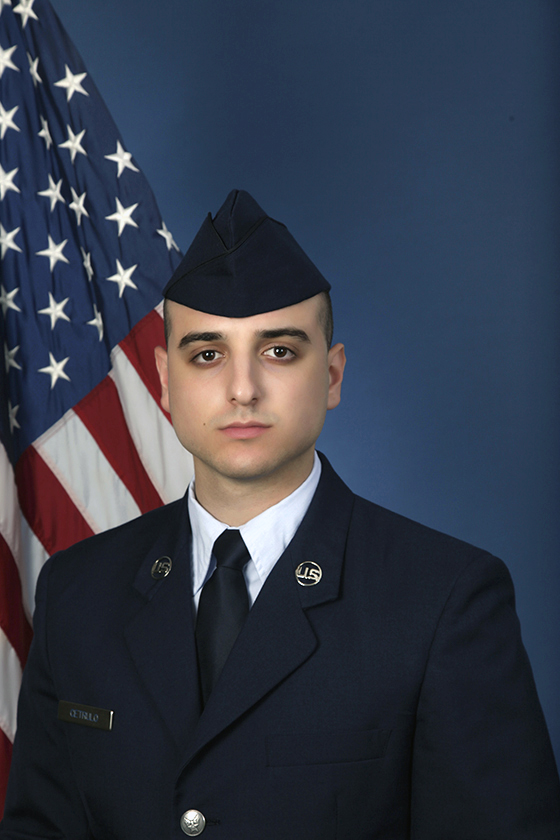With St. Joseph’s Day commemorated on March 19th, it is appropriate that we visit the island of Sicily, where the foster father of Jesus is revered.
The province of Messina lies just across straight from the peninsula of Italy. Its major city, Messina has long been known as the Doorway of Sicily. With its sickle-shaped sheltered port, Messina has always been a trading city. The narrow waterway between Sicily and the Italian mainland has been a busy thoroughfare for countless centuries. There have been investigations into bridging the strait going back to Roman times. In 2008, newly elected Prime Minister Silvio Berlusconi pledged to begin construction while he was in office. Unfortunately, Mario Monti’s government cancelled the project in 2013, so the main form of transportation across the straight remains a system of ferries, as has been the tradition throughout the centuries.
The province has a population of more 650,000, almost half of which is in the City of Messina. The territory is largely mountainous, with the exception of the plains at the mouths of rivers and along the coast. Much of the population is concentrated in the coastal area.
The trade-based wealth of the city was so significant that Messina was the capital of the Kingdom of Sicily for hundreds of years. Today, the city is growing and continues to develop. Due to the violent earthquakes that have struck the area and aerial damage from bombardment during the Second World War, it is almost completely modern.
One of the fascinating myths of Messina is that of Cola, or as he became Colapesce (fish boy). A fantastic swimmer, he once dove deep into the sea and returned to tell the king that Sicily is held above the water by three columns, one of which was damaged. The king pleaded with him for help and Cola returned to the sea, never to be seen again. He is said to have turned into a half-man, half-fish and remains beneath the waves, keeping the column stable and the Sicilian people safe.
Messina is also well-known for its annual festivals and celebrations of its long history. In 1567, giant bones were discovered in the city, giving further credence to the legend that the city was founded by giants was true. Each August 13 and 14, the Ride of the Giants takes place. Two enormous statues, Grifone and Mata, astride giant horses, are paraded through the city as a celebration of the mythical founders of the city. On the following day is the religious procession of La Vara. Dedicated to Our Lady of the Assumption, a tower over 40 feet high, containing the Madonna, is pulled on a cart by the barefoot faithful, using ropes measuring over 300 feet in length. In the past, the little angels of la Vara and the Madonna herself were represented by boys and girls, chosen by lottery. Now the children stay safely on the ground and have been replaced with papier-mâché statues, a prudent decision, given the height of la Vara!
The Duomo of Messina is expressive and fascinating on numerous levels. There are the Gothic portals and a mosaic of Christ Pantocrator. It also houses one of the largest polyphonic organs in Europe. The Treasury of the Cathedral contains sacred vestments by the famous goldsmith school of Messina and a collection of items dating back to the Middle Ages. In the bell tower, you will find the largest and most complex mechanical and astronomical clock of the world. While in the area, wander over to the monumental Fountain of Orion. It is one of the five historical fountains in the city by Angelo Montorsoli, a student of Michelangelo.
Near the port, you will find the Teatro Vittorio Emanuele. Constructed in the neoclassical style by the Bourbons in 1800, its rich interior contains the impressive five tiers of boxes. A valuable painting by Renato Guttuso, depicting the myth of Colapesce, covers the ceiling,
In the Regional Museum of Messina are two of the later works of one of Italy’s finest 17th century artists – Caravaggio. The story of how Caravaggio ended up in Messina is a story unto itself. In 1606, while playing cards in Rome’s Piazza Navona, the game got out of hand and an argument ensued. Caravaggio was struck in the forehead and in retaliation, knifed the offender, who later died. Fleeing from his crime, he intended to go to Malta, by way of Messina. This is where he pleaded for a pardon from the Pope and painted two works, “Shepherds’ Adoration of the Christ Child” and another of the “Resurrection of Lazarus.” The awaited pardon did not come. From Messina, he fled to Malta before returning to Tuscany, where he received his longed-awaited absolution. Soon thereafter he was brutally disfigured in a knife attack and he too succumbed to the same injury that he had inflicted on a victim four years earlier. The fiery-tempered artist was 38.
One of the loveliest spots to visit in the province is Taormina. Since the end of the 19th century, it has been a world famous international resort whose visitors revel in its charming atmosphere, natural beauty, ancient history and wonderful climate. Situated on the hillside of the Monte Tauro, Taormina dominates two grand sweeping bays below, while on its southern side is the great Mount Etna.
The Romans conquered Taormina in 212 B.C. and constructed numerous civic and religious buildings whose foundations are still visible today. Of interest are The Greek-Roman Theatre, the second-largest in Sicily, after Siracusa; the archaeological museum, the Odeon, Corvaia Palace and the ruins of Naumachia. The Duchi Park of Cesaro in Taormina was voted the most beautiful park in all of Italy in 2013. Planted by a noblewoman in the second half of the 19th century, its statues, terraces, views and vistas are a must for anyone visiting this enchanting town.
The Aeolian archipelago is also part of the Province of Messina. Situated in the Tyrrhenian Sea, north of Sicily, it is composed of seven principal islands – Lipari, Vulcano, Salina, Alicudi, Filicudi, Stromboli and Panarea, along with a few islets. These beautiful islands are quite rugged, with deep caverns, steep cliffs and splendid views. Lipari is the largest island of the Archipelago. It contains the Aeolian Archeological Museum and numerous natural attractions.
Vulcano is the nearest island to mainland Sicily and is separated from Lipari by a narrow stretch of sea called Bocche di Vulcano. In ancient times, it was thought to be the home of Efesto, the God of fire. Still an active volcano, its last eruption was more than a century ago in 1890. Alicudi is the most western of the Archipelagos. The highest peak is that of an extinct volcano. The island offers an extraordinary array of landscapes with beaches, caves and the beautiful sea, rich with fish and lobster.
The Island of Stromboli is formed by a volcanic cone almost 3,000 feet above sea level. It is still active and pours lava along the northwest coast called Sciara del Fuoco. The other areas are inhabited and covered with vineyards, olive and caper groves.
Messina is a wondrously diverse province, with the bustle of a thriving port city, the charm of a world-class resort and natural beauty without rival. Amazing and engaging, Messina may be the Doorway to Sicily, but what a glorious expanse is revealed once you have entered the portal.





